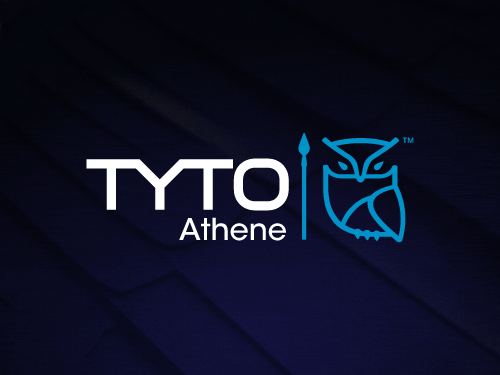If a picture’s worth a thousand words – a GIF is worth 24,000 per second. Almost any marketing study will agree that video content reigns supreme. So how do businesses tap into the power of video to better connect with their audience? An intriguing visual will get you part of the way, but if you can craft a story that resonates, compels, changes perception, or even brings wonder – that’s where the brand message really sinks in. Join us as we delve into the art and science of crafting impactful marketing video scripts that leave a lasting impression.
1. Define Your Goal and Audience
Before you jump into a storyline, character, or setting, it’s imperative to clearly outline the video objective and identify your target audience. Understanding who you’re speaking to and what you aim to achieve ensures that your message hits the mark and resonates with viewers.
Figure out the why. Why are you making this video? Is the video focused on a product? Explaining a pricing structure? Unveiling a new brand look? Is there a problem this video is trying to solve? Start with the basics.
Your marketing goal is the foundation of your video. It is a message you must convey to your audience early on in the video, because there is no guarantee that your audience will watch the entire thing. Clearly state the key message up front and repeat it at the end.
Note: When we say objective we don’t mean objectives plural. Trying to do too many things at once will result in doing none of them effectively. One video = one primary message.
2. Every Narrative Needs an Arc
At the heart of every successful marketing video, or any creative marketing medium, lies a captivating story. The before and after. The journey. Craft a narrative with an emotional arc to get the viewer interested and invested and keep them hooked until the end. A well-crafted story not only entertains, it leaves a lasting impression. Keep these tactics handy for your next script:
Show and/or Tell
Instead of explaining it, demonstrate it! Actions, expressions, and visual cues can often communicate more effectively than direct exposition. Say less, show more, let your audience do some work, and keep them immersed in the story.
Build Tension
Tension is the most powerful tool in storytelling. Going back to your objective – what is the frustration you are solving? Perception you are shifting? Challenge you are overcoming? Introduce conflict, misconception, or even mystery that keep viewers engaged in the story and invested in the outcome.
Use Metaphors
Metaphors can add depth to your brand or business and allow for the message to sink in. Invite the viewer to interpret the narrative on multiple levels, which then makes your video more memorable.
3. Seamless Integration of Call to Action
Ok, so they’ve watched your video until the end – now what? Assuming the message sunk in, what should they do about it right then, or a week or month later? Your goal in writing a video script is to convince the viewer to act. Tell the viewer exactly what to do and how doing it will benefit them. Whether it’s encouraging viewers to subscribe or visit your website (or ideally a designated video landing page) to make a purchase or contact a sales rep, a well-worded CTA drives viewer action without feeling pushy or sales-oriented.
Note: Keep it simple. Don’t ask them to like, follow, share, subscribe, pre-order, and also click through to the website all at once. One video = one primary message = one CTA.
4. Refine for Conciseness and Engagement
Crafting a compelling video marketing script requires more than stringing buzzwords together; it’s a meticulous process of refining to reach your distilled marketing message, back it up with enough evidence, make it captivating, deliver the CTA and do it all with brevity and an emotional arc. Every word intentionally serves a purpose, unwraps another layer to the story, or checks another audience pain point box. Reductive editing plays a pivotal role in this refinement, where each word is scrutinized, each sentence is balanced, and each idea is tested.
Pacing and rhythm are paramount; strategic pauses can wield immense power, whether to build anticipation, emphasize a point, or allow viewers to digest information. Write shorter sentences for urgency and longer ones for complexity, and give it plenty of room to breathe.
Remember – no script is complete until you (or ideally someone else) has read it out loud. Does it sound like web copy or a narrative? Nobody talks like we write, but your script needs to be a conversation. Pretend you are the voice-over artist and really embrace that brand tone! This not only helps the flow of your script, but it ensures it’s adhering to your time limit. Evaluate every element of your script from the perspective of your audience or objective to bring harmony and focus that your viewer will thank you for.
5. Get Feedback
Don’t underestimate the power of collaboration. Seek feedback and the unbiased opinions of those on your team not involved in the video. Bring diverse experiences and ideas to the table to not only enrich the creative process but to ensure a well-rounded final product.
Looking to create your next dynamic and engaging video? Contact Us.



